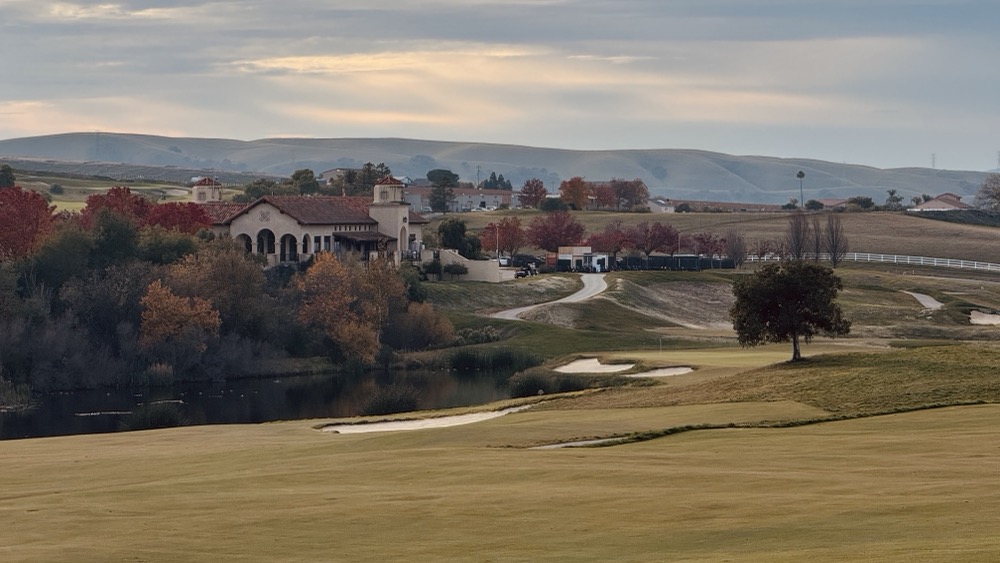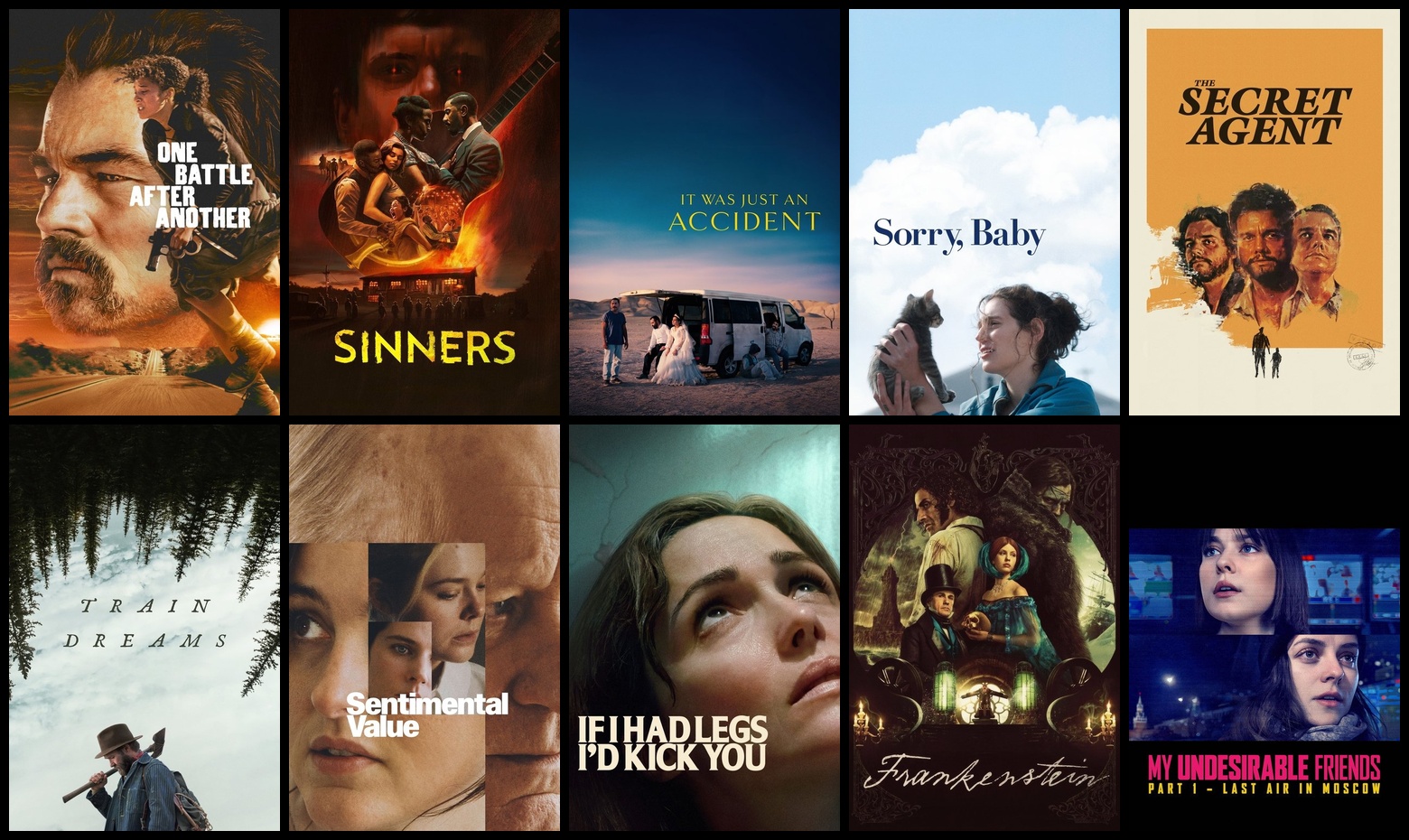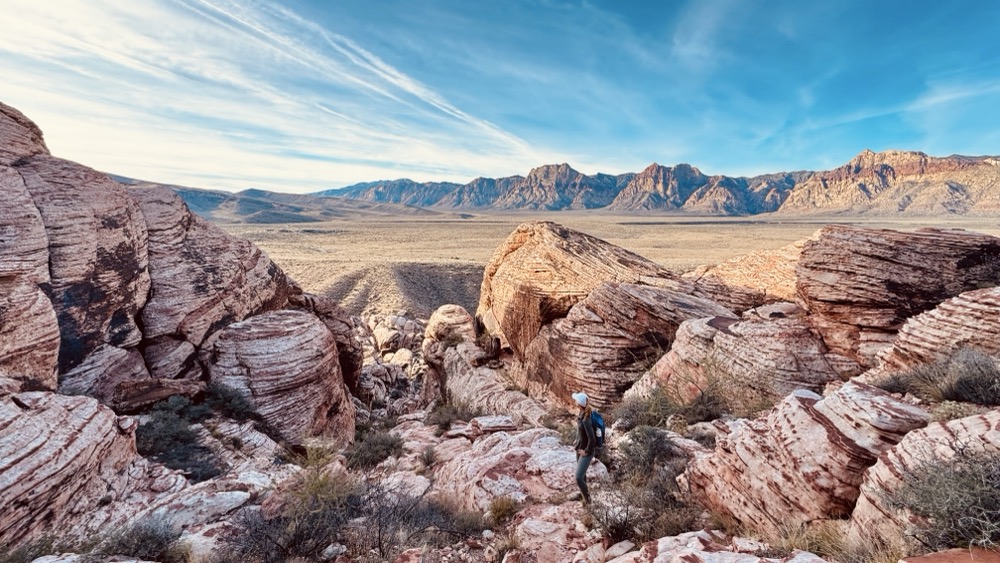Camping while Self Driving in Botswana
You might be wondering: what was it like camping in Botswana during the self driving experience? Let’s dive into it.
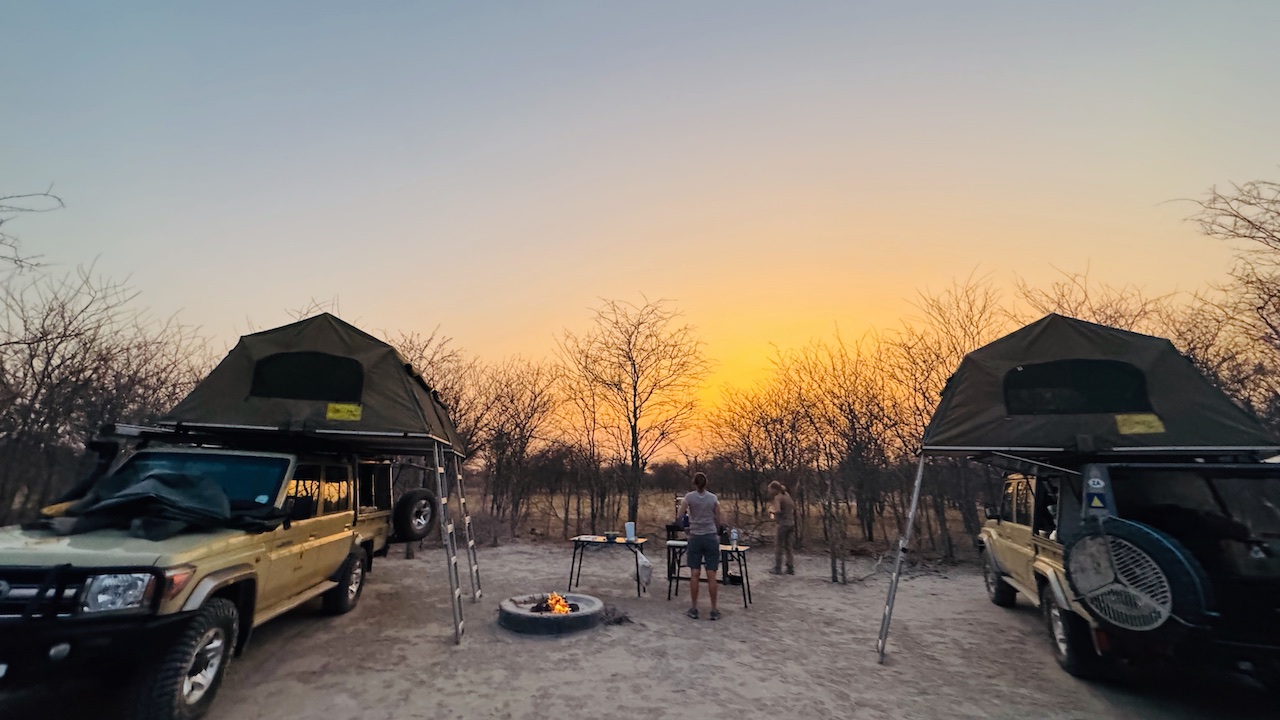 Our camp at Nxai Pans
Our camp at Nxai Pans
The short answer: it was easy, comfortable, and we always felt safe.
The Tents
 Our vehicle with two tents
Our vehicle with two tents
We had what were likely the most primitive of the pop-up tent options Bushlore offered, yet we were mostly amazed at how quick the setup and teardown were each day. I say “primitive” because the entire structure (Eezi Awn I think) was the soft tent siding with a collapsible frame, with a sorta weatherproof cover that we would ratchet down over the top. They were simple yet effective, though required a bit of dexterity to stand on the running board, or tire, or back bumper to work the thing up and down. Julie, Karen and I would always team up on our two tents, while Ken and Kelin were easily able to manage theirs.
Some of the Bushlore vehicles had a wedge style camper shell which I suspect would be even easer to raise and lower, and had the advantage of built-in weather proofing. Honestly the biggest pain with the tents was getting that cover on and off and managing the ratchet straps.
Bushlore provided mattresses, sheets, and sleeping bags for each person. Once we set these up in the tents on the first night they remained there for the rest of the trip, being conveniently squeezed down each time we folded the tent back down. We even kept a small amount of our clothing supplies and our Kobo e-readers inside the tent during our driving days. The platform underneath the tent was solid like plywood and with the mattress made for very comfortable sleeping. One big lesson learned after the first night was that the parts of the tent at the hinging seems was necessarily flexible and would split apart to allow the tent to collapse down. This creates a possible hole in the tent wall when setup if you didn’t make efforts to tidy things up and seal it. Our first night near Maun at the Audi Camp was awful for many reasons: noise from the Independence Day partying, the heat, and the multitude of biting bugs that came into our tents through this access hole.
The ladders to get in and out were easy to manage and durable. And while it doesn’t take an elite athlete to get in and out of the tent with this configuration, a certain amount of balance and strength is necessary.
Cooking
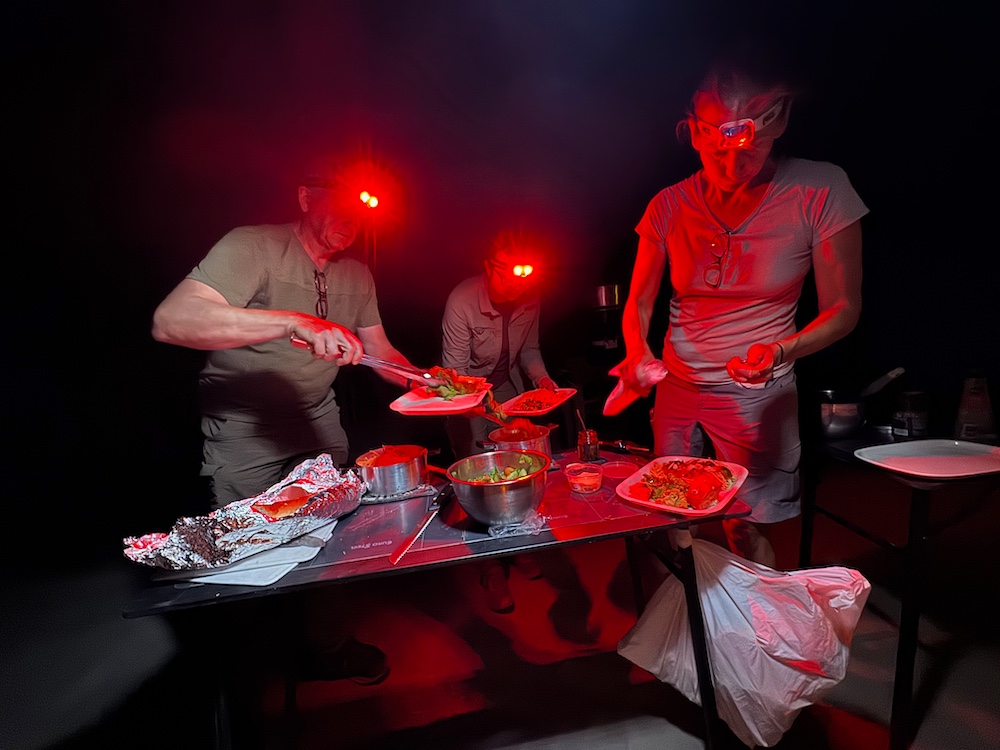 Cooking with headlamps
Cooking with headlamps
Each vehicle came completely equipped for all of our cooking needs. Two (natural I think?) gas tanks with burners on top, pots and skillets, and all the cutlery needed to prepare our meals.
Breakfast usually involved simply boiling water in the provided kettle, and sharing the water for coffee, tea, hot cocoa, and Jungle Oats.
We went vegetarian for the entire adventure, saving our meat and fish eating for the intermittent lodge stays and town visits. Everything was loosely planned out but not to the “this meal on this night” level of detail. Example dinner meals were pasta with red sauce and pesto, stir fry with steamed or fried rice, and a baked frittata with potatoes, onions, and peppers.
Also in near constant supply were salads that would be made and stored cold for snacking or for lunches. We made pasta salad, chickpea salad, and four-bean salad (maybe more).
Teamwork was amazing for the cooking. Someone was always ready to do the prep, do the cooking, do the dishes. This was a great no-slacker group to travel with.
We had three major supply locations: when we started in Maun (SPAR and Choppies), in Nata (Choppies), and in Kasane (SPAR and Choppies). Our guides were always steering us towards the Spar (and the one in Kasane was especially good) but we found Choppies to be just as useful. I think Choppies is considered more of a locals grocery while SPAR is for outfitting tourists.
Baking
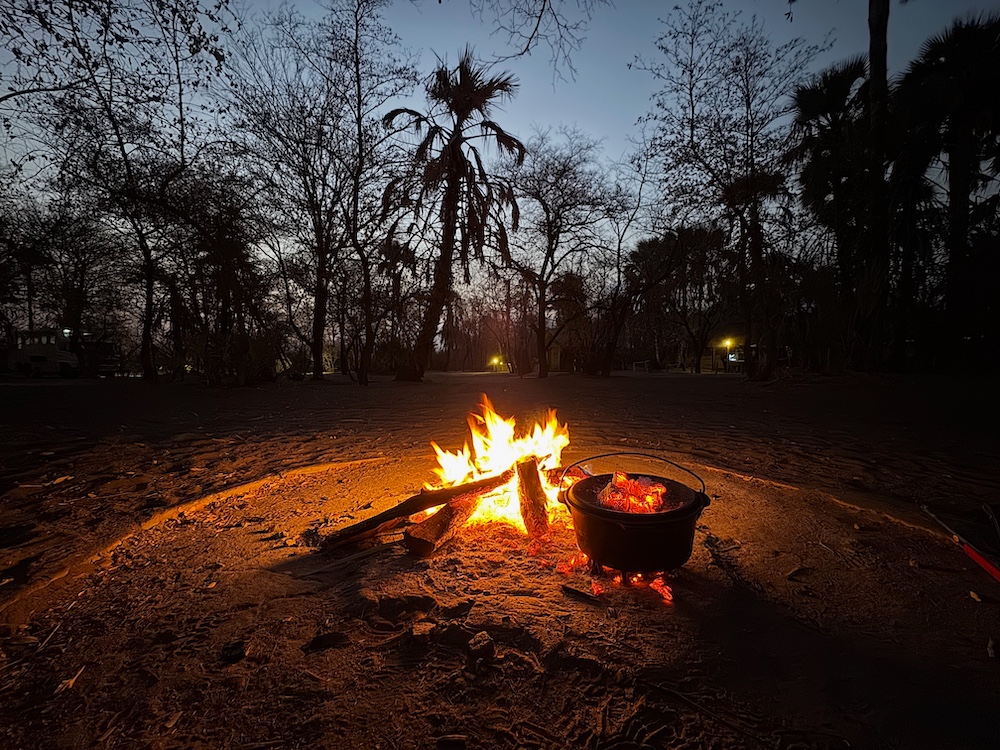 Baking with the dutch oven
Baking with the dutch oven
I’m reasonably experienced with Dutch ovens as well as with baking, so on most nights I took on the task of trying to bake something for the group. This would be either a bread to go with dinner, or a dessert dish. I was mostly successful, with the bread baking improving over time.
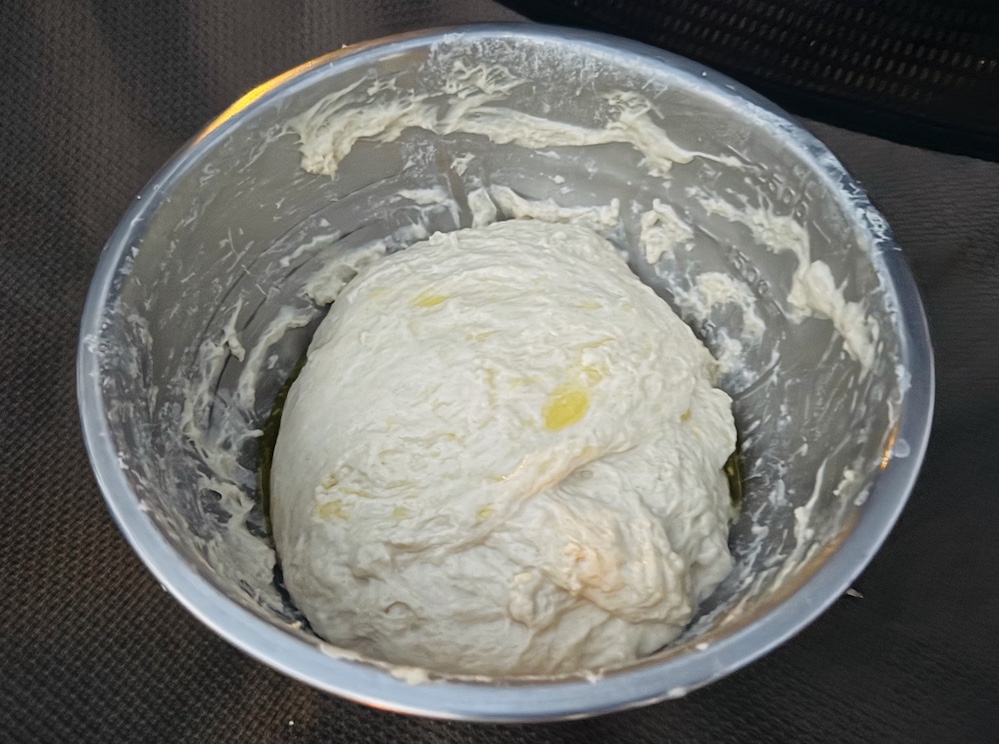 Making focaccia dough
Making focaccia dough
My bread recipe was the classic Ken Forkish Saturday white bread (flour, salt, water, yeast), totally done by feel and experience. I often didn’t have enough time for the slow rising and proofing required to do this properly, but I learned quickly that a bit of extra yeast (shocking, right?) speeds things along nicely. For the first week or so I was under-baking the bread, which I suppose is better than burning. Nobody complained but I knew I could do better. I was mixing in making focaccia (same recipe, just some olive oil added) on some nights and both that and the artisan bread got steadily better during the second week.
The desserts were packaged mixes from the stores: brownies, cakes, and scones. Some gluten-free (accidentally)! I think the desserts were uniformly good. It helped that the firewood we were using was so very good for baking like this, easily as good as charcoal. Slow burning and heat retaining. Thank you mopane!
Fires and fire starter
 Sitting around the fire
Sitting around the fire
Speaking of fires, I was the main fire starter (not that I was most qualified, it is just something I enjoy doing) and we would have a fire every night. Besides adding comfort and giving us coals for baking, it is also consider a useful tool to keep the critters away that might want to eat us.
We had heard of gas flamethrowers you could find in Maun to ease with the fire starting, but never found one. Instead we bought a single box of chemical fire starters at SPAR and they lasted us the entire two weeks.
The firewood itself was always purchased road-side and usually cost about $2-$3 a bundle. A single bundle would last about 2 nights. We stored this on the rack on top of Ken and Kelin’s Land Cruiser, though it was a pain keeping it all properly secured with the ratchet straps.
Water situation
We bought several 5 gallon containers of filtered drinking water each time we stopped for groceries, and did a final resupply at the tuck shop at 3rd bridge in Moremi as we were running low. In hindsight we had plenty of room in the vehicles to store more water and should have overshot the mark a bit more on water supply, especially leading into the vast expanse of Chobe and Moremi in the final week.
Each vehicle also had a 15 gallon water tank with a gravity spigot. This was primarily for cleaning and other non-drinking uses, but we did use it for our breakfast water and ensured a rigorous boil first. It tasted fine used for this purpose.
Bathrooms (Ablutions)
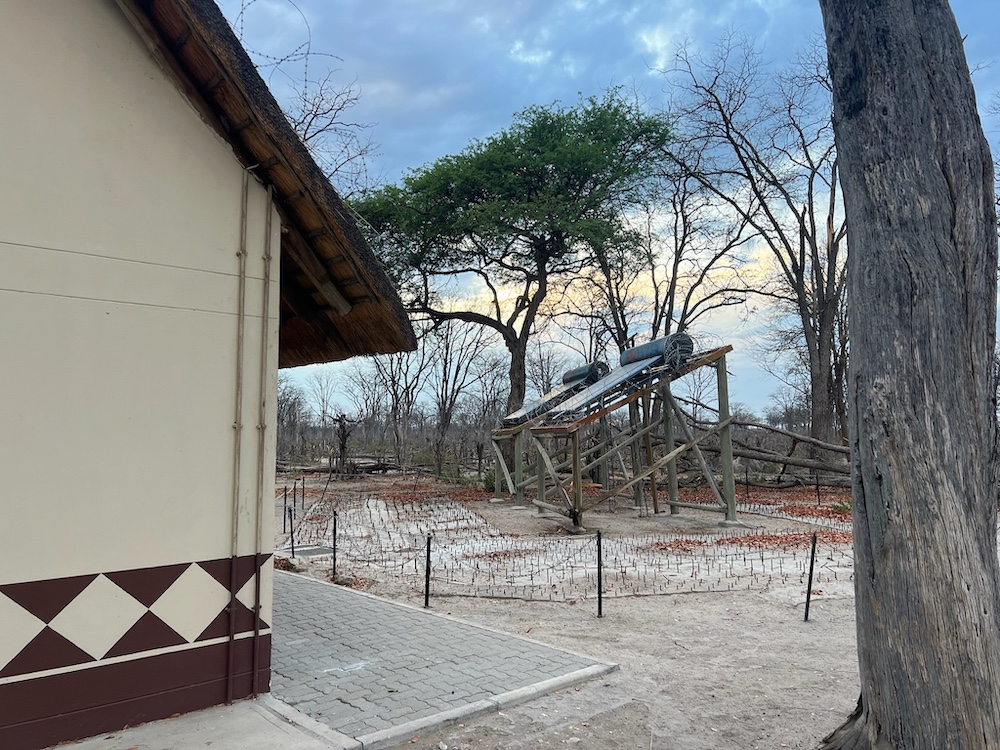 Ablutions at Moremi south gate, with ample elephant protection
Ablutions at Moremi south gate, with ample elephant protection
Every camp had an ablutions area, which a fancy of way of saying “normal campground style bathrooms with showers and flush toilets”. They were almost always very good and very clean. Water pressure and heating wasn’t always awesome, but we rarely complained.
Most of the ablutions also had an outdoor sink area, handy for doing dishes or laundry.
Laundry
Laundry was done by hand, as needed, usually at places where we would be staying for two nights. Each vehicle had a clothes line that we could string between trees to dry things off. I think I did a full batch of laundry once, and maybe just a few small things another time.
Safety
Some final words on safety. Our strict rules were to keep a fire going until bed-time, and once we got into our tents to stay there until the morning. We had a lot of night visitors: honey badgers, porcupines, baboons, monkeys, elephants, bush bucks, hippos (coming immediately adjacent to our site if not actually in it), jackals, and almost certainly lions.
The honey badgers and primates were the ones most interested in our stuff. Maybe the jackal too? The others seemed like they were just moving through as if we weren’t there. You can imagine how things might unfold differently if you got out to pee on a tree near the truck and lions came up. Now thing are different: you look like a tasty snack.
This was all part of the amazing adventure. One of my favorite memories was Ken imploring me to not descend my tent ladder during the stay at Khwai River: there was a hippo casually eating their way through the grass right in front of his vehicle. We both were able to safely watch it come through from our platforms.





